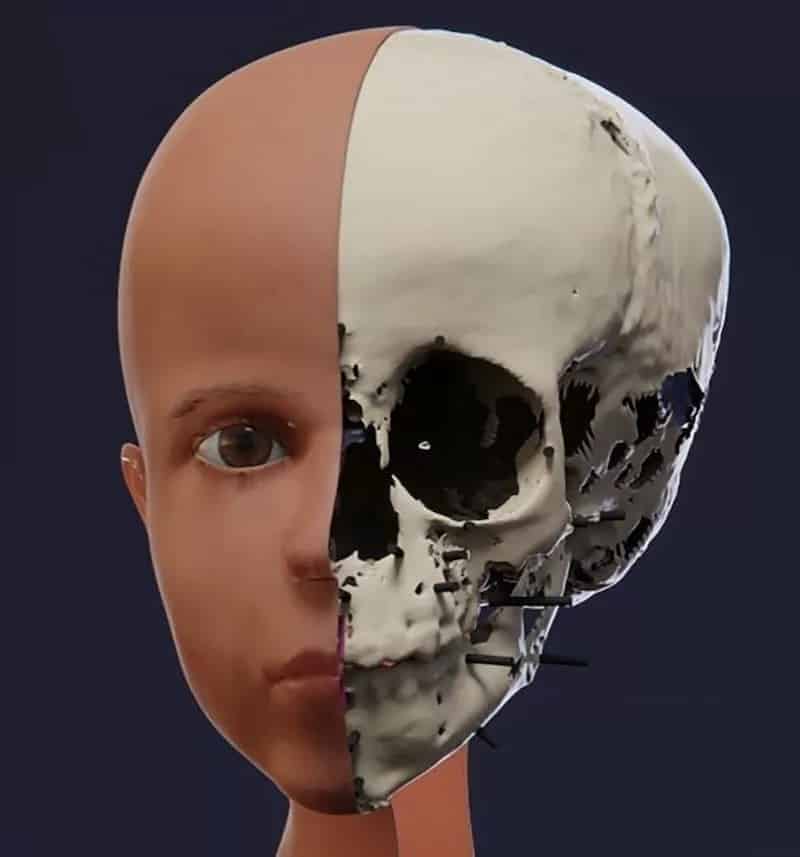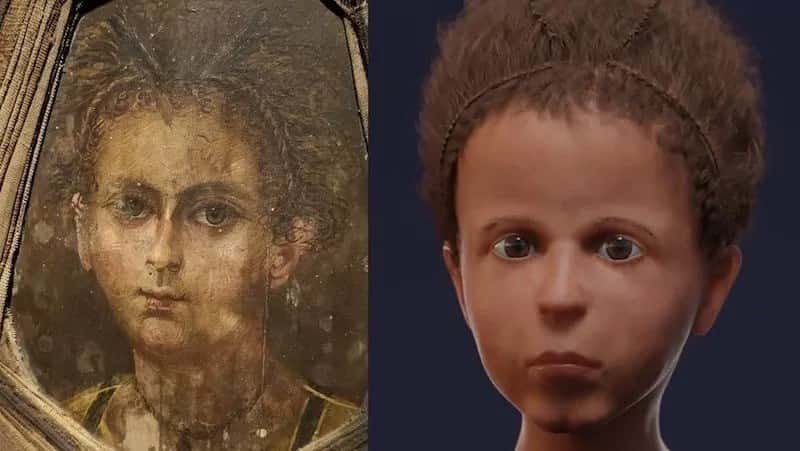Scientists from Austria and Germany have successfully reconstructed the face of an Egyptian boy who lived during Greco-Roman times and died between 50 BC and 100 AD.
The researchers used a CT scan of the boy’s body and a “mummy portrait,” an image of the deceased painted on wooden boards or cloth, which covered the face of the mummy, to create a 3D digital reconstruction of his face.
The results showed that the painted portrait was quite accurate, except for one aspect: the artist made the child appear older than 3 or 4 years.
To reconstruct the appropriate thickness of the skin, the researchers used standards from modern children between 3 and 8 years of age.
The CT scan also revealed that the boy’s brain and some of his abdominal organs had been removed, a common practice during mummification in ancient Egypt.
The boy’s 78-centimeter-tall mummy was found in the 1880s in a cemetery near the Hawara Pyramid, southwest of Cairo, and is now housed in the Museum of Egyptian Art in Munich.









